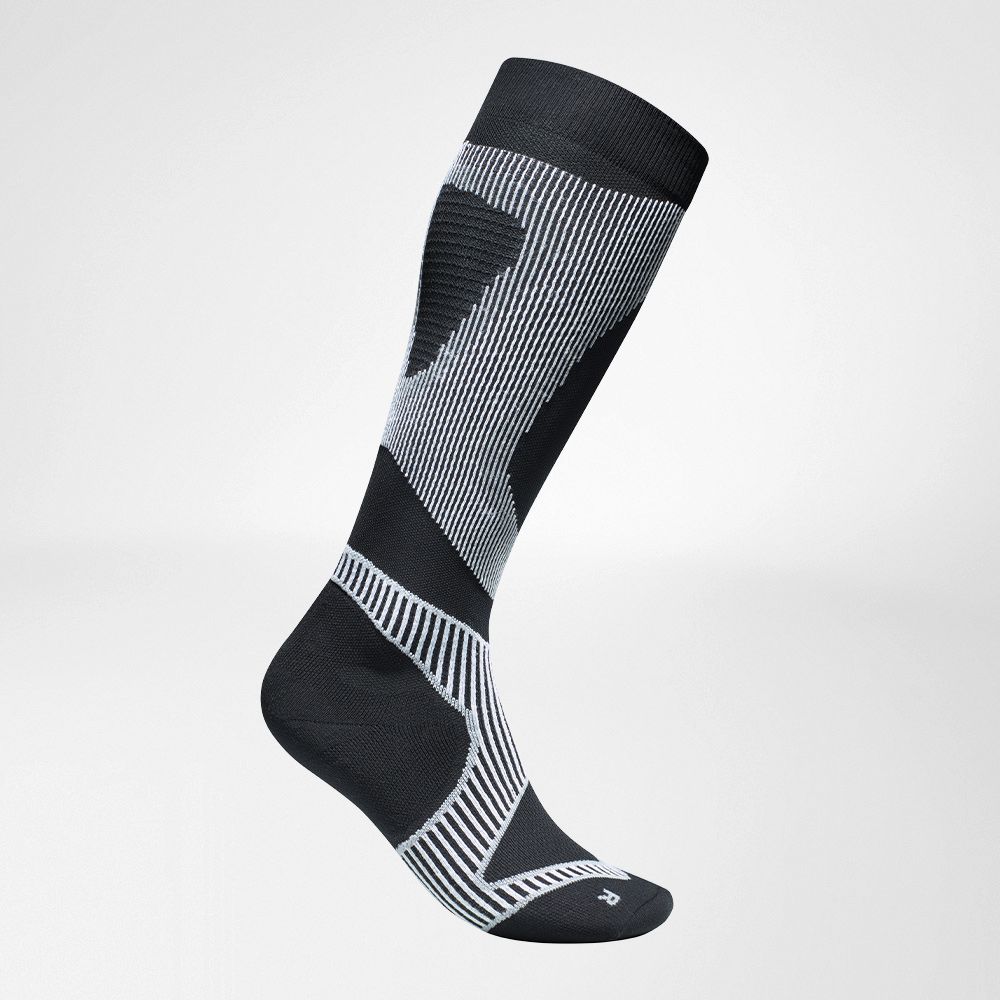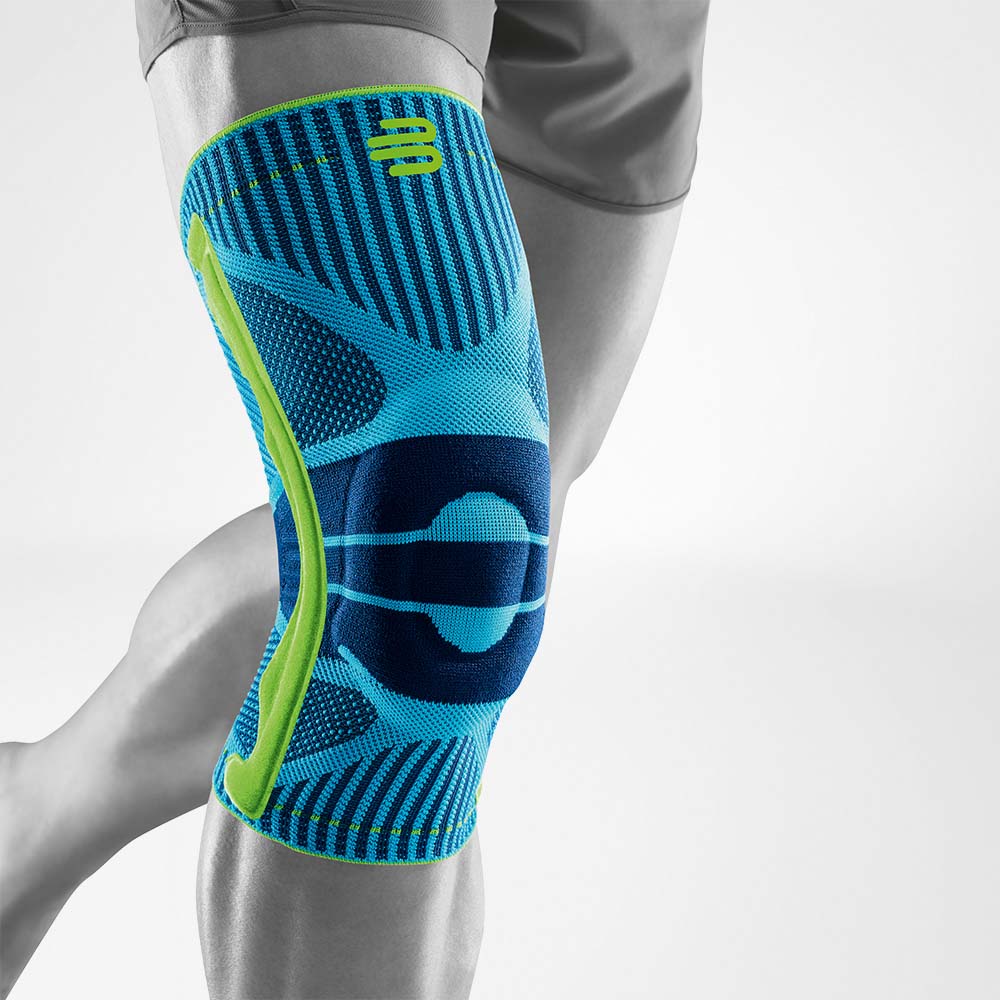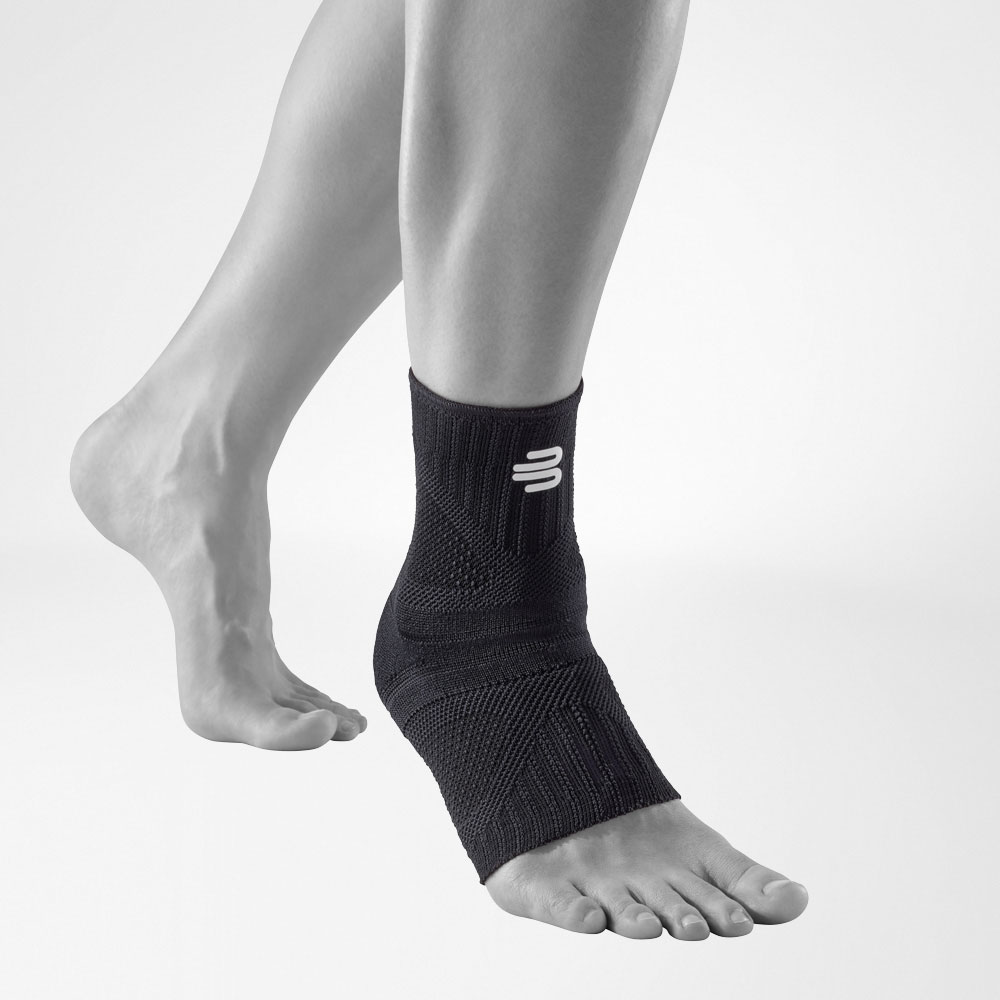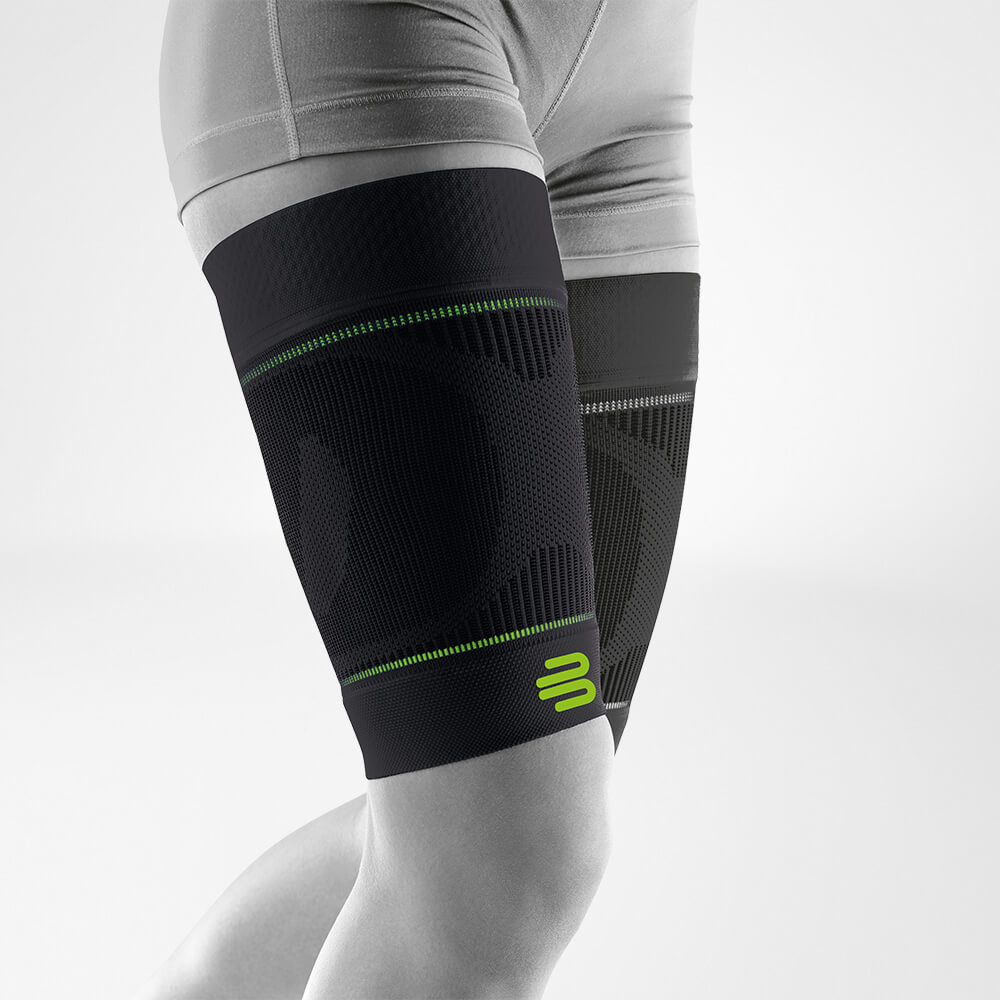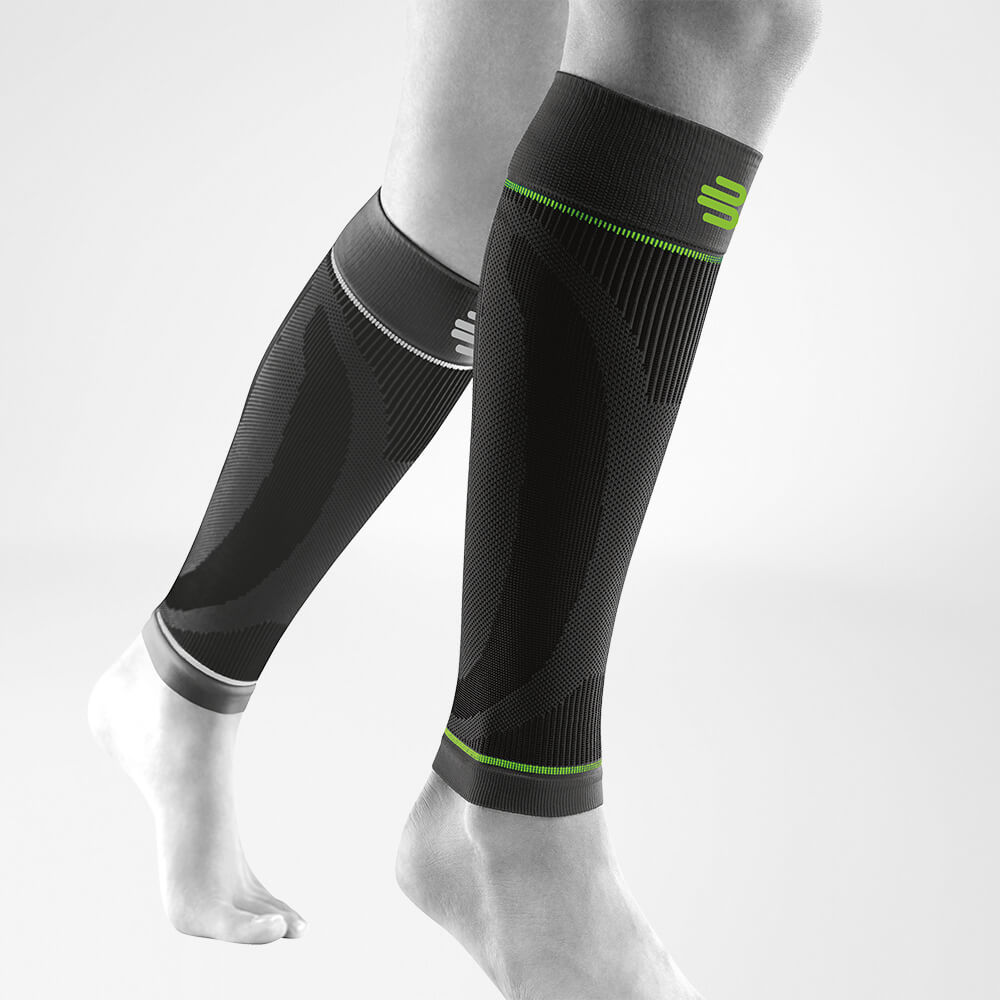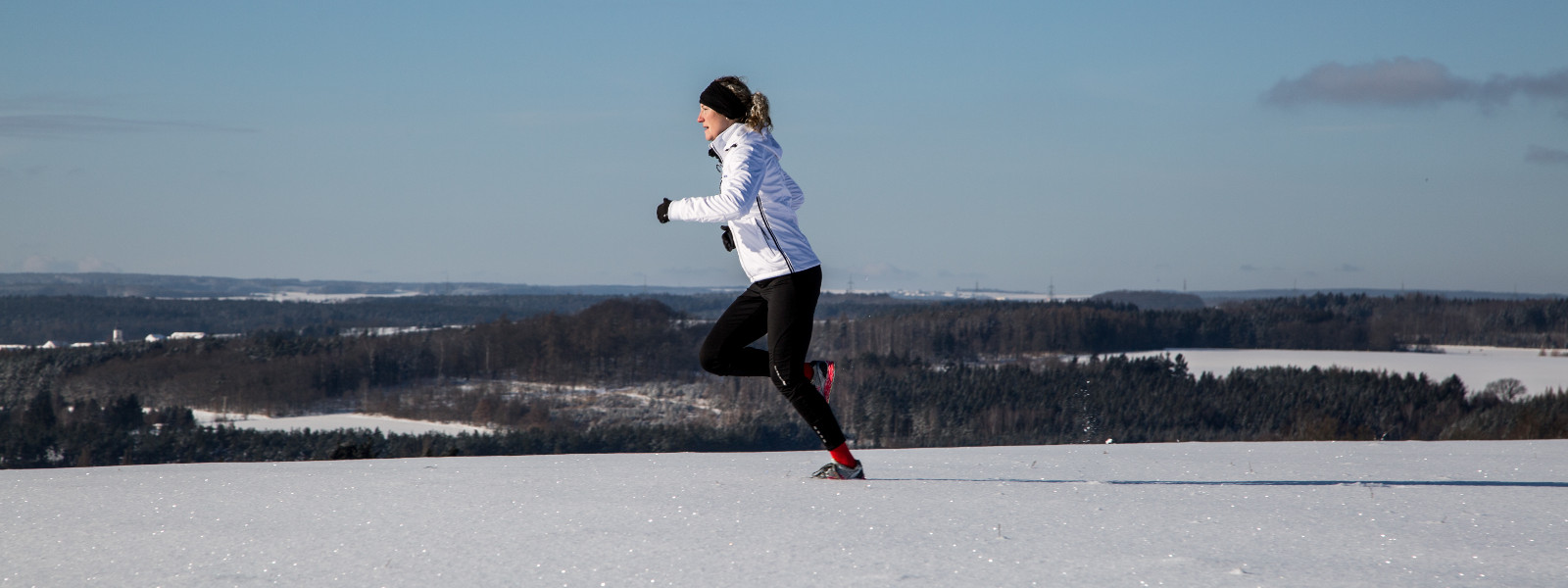
Running
Running in winter
An energy boost for the cold season
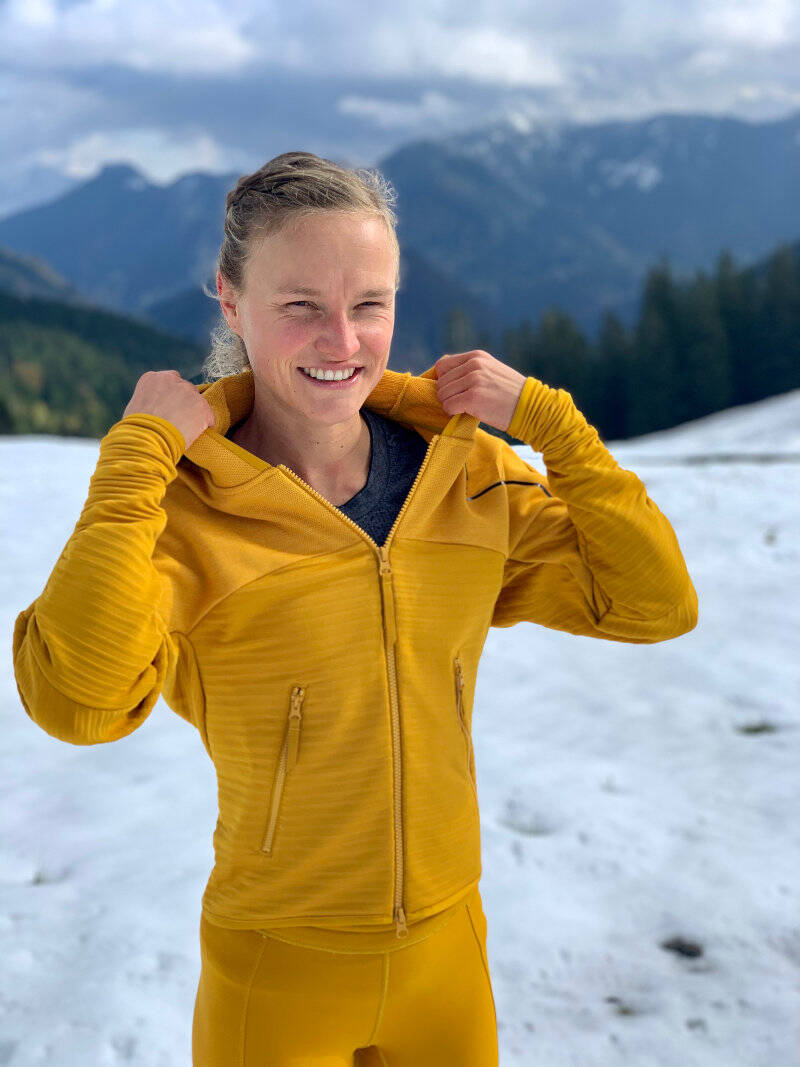
You will be perfectly equipped with this running kit and the cold won’t be able to harm you, even when the temperature drops a little below freezing.
- Tips following the “onion principle”: instead of wearing an especially thick layer of clothing, combine several thin layers with different functions.
- The basic layer is designed to provide some warmth and quickly wick sweat away from the body to protect it from cooling down. It should be tight-fitting and breathable. It can consist, for example, of functional underwear, merino wool or a conventional functional running shirt that you would also wear in the summer.
- The second layer (“heat layer”) ensures warmth and insulation. A fleece, for example, or a long-sleeve that is made of functional fibres and extends all the way to your wrists is suitable here. But don’t overdo it: if this layer is too thick, you’ll sweat more quickly than you’d like.
- The cushion layer or “weather layer” should protect you from wind and moisture, yet be breathable so sweat can evaporate. A quality soft-shell jacket is suitable for most conditions.
- Running tights: even if you have quite a summery disposition and you’re not too sensitive to the cold, we recommend wearing running tights during winter. Ideally, they should be made of functional fibres so that sweat can evaporate quickly. Covering your entire leg warms up your calf and thigh muscles more quickly, preventing strains. You can complement your outfit by wearing our Sports Compression Sleeves Upper Leg and Lower Leg.
- Hat or headband: even though it’s a myth that the body loses most of its heat via the head, wearing a hat or a headband on your winter runs does make sense if you’re going on extended routes. Your ears in particular will be thankful! Don’t worry: special running hats made of functional fibres ensure that you don’t get too sweaty under there.
- Tube scarf or running scarf: a tube scarf is indispensable in cold winter temperatures. Not only does it protect the sensitive throat and chest area from cooling down, but it also forms a barrier in front of the mouth, preventing the icy air from getting into the bronchial tubes, which can result in anything from pain to acute respiratory distress.
- Head torch and reflectors: see and being seen – that applies to jet-setting as much as to dark roads and paths. When you’re planning on running in the woods or on mountain paths in particular, you can’t do without a head torch. Thanks to LED technology, many models boast low energy consumption and can reach impressive light ranges of more than 100 metres. Reflectors are always important in the dark, especially when you’re out and about in town and near roads with a lot of traffic.
- Gloves: running with gloves allows you to wear thinner outer clothing with short sleeves, meaning more freedom of movement for the arms. Rough rule: if the hands are warm, the whole body is warm. A lot of heat is lost via the hands. Plus, cold hands are really rather uncomfortable. If needed, gloves can be taken off quickly and easily carried.
When you’re all covered up, you don’t have to worry that your body will cool down too quickly. After all, your inner “engine” is really cranking up the heat when you’re running. Always remember your body’s own heating effect before you put on a thick down jacket. Volker Haußmann, running expert, goes further, saying: “It’s OK to feel a little cold during the first five minutes of running. After that, the body heats up sufficiently.”
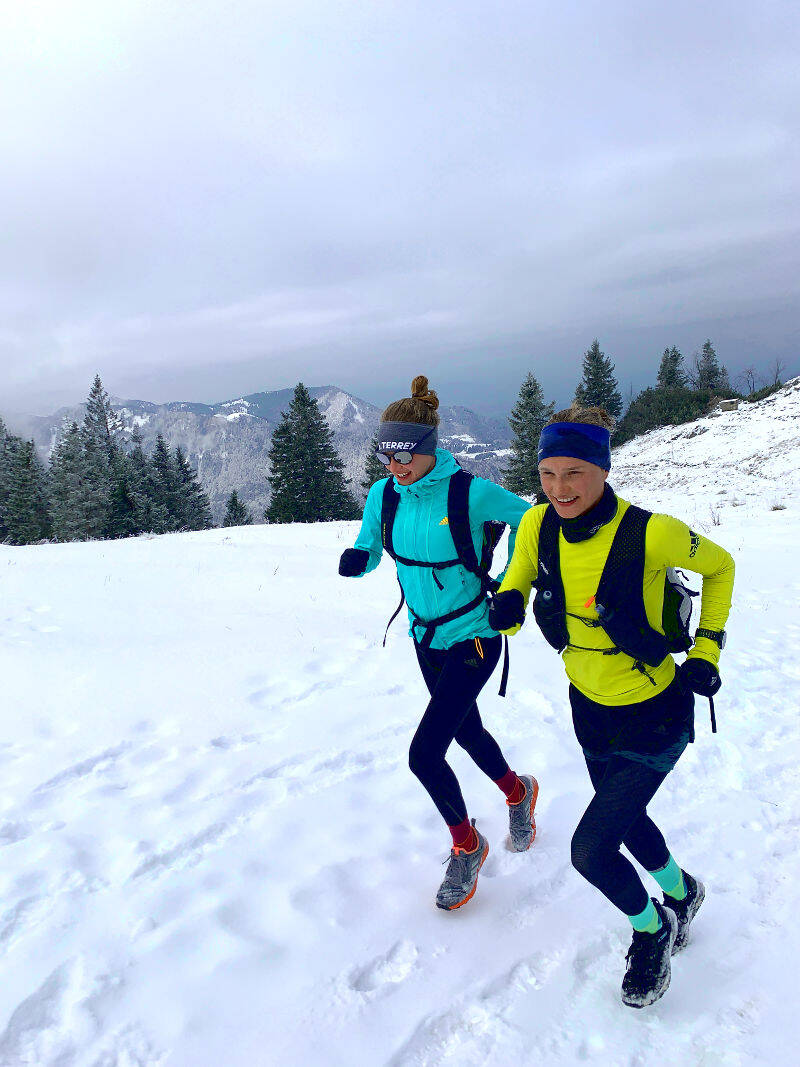
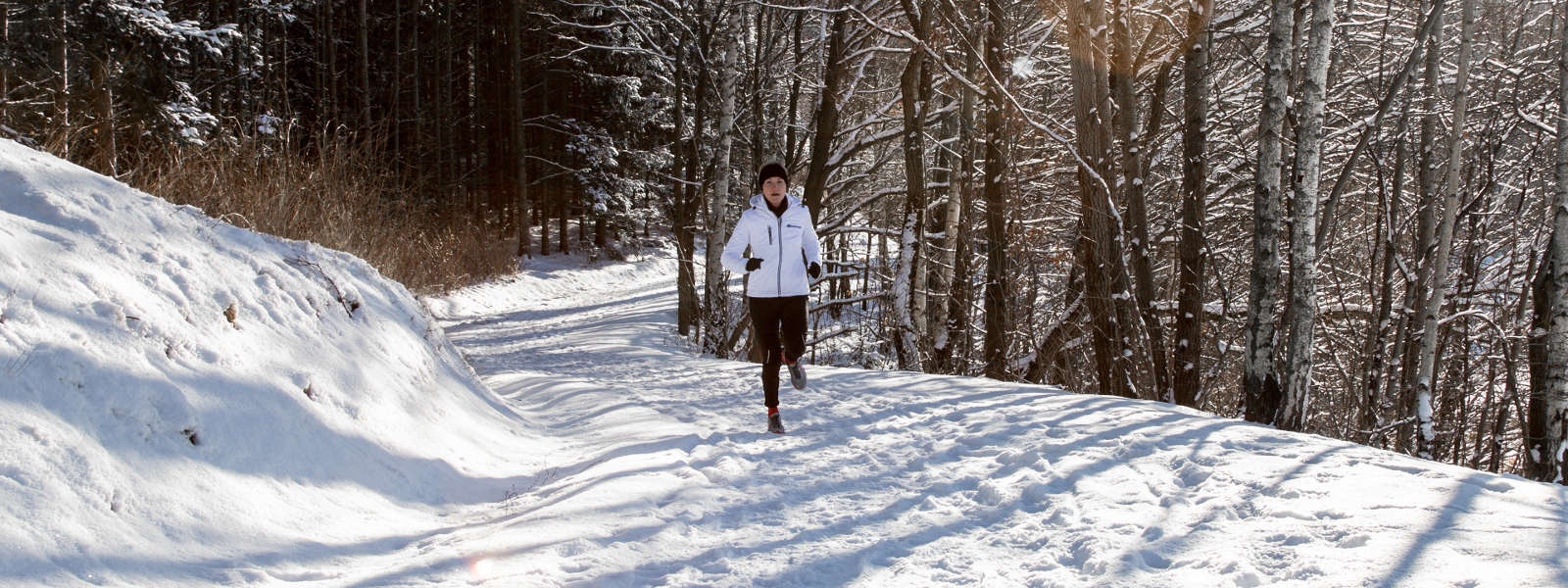
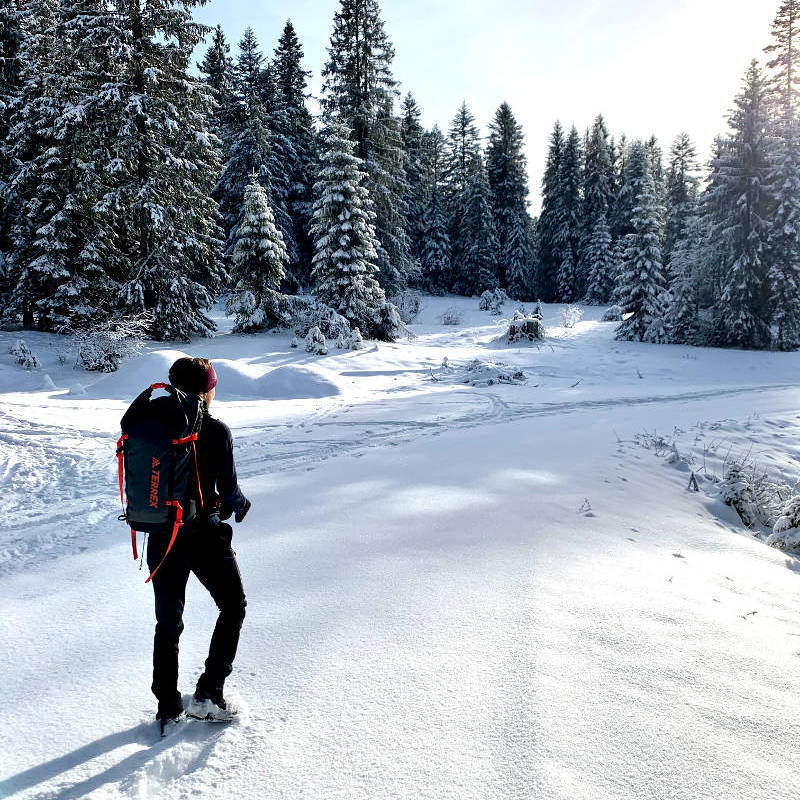
Even if you're not a massive fan of running, there are very good reasons why you should get into your running shoes every now and then in these times. Regular gentle runs help your immune system to be equipped even more effectively in the battle against bacteria and viruses. You will also feel generally more awake and focused.
Don't underestimate the hugely relaxing effect and powerful motivational boost that running provides. Studies even suggest that exercise, and jogging in particular, have an antidepressive effect. During times of short, dreary days and lockdown, running gives you a great opportunity to switch off and gather new energy for your day.

